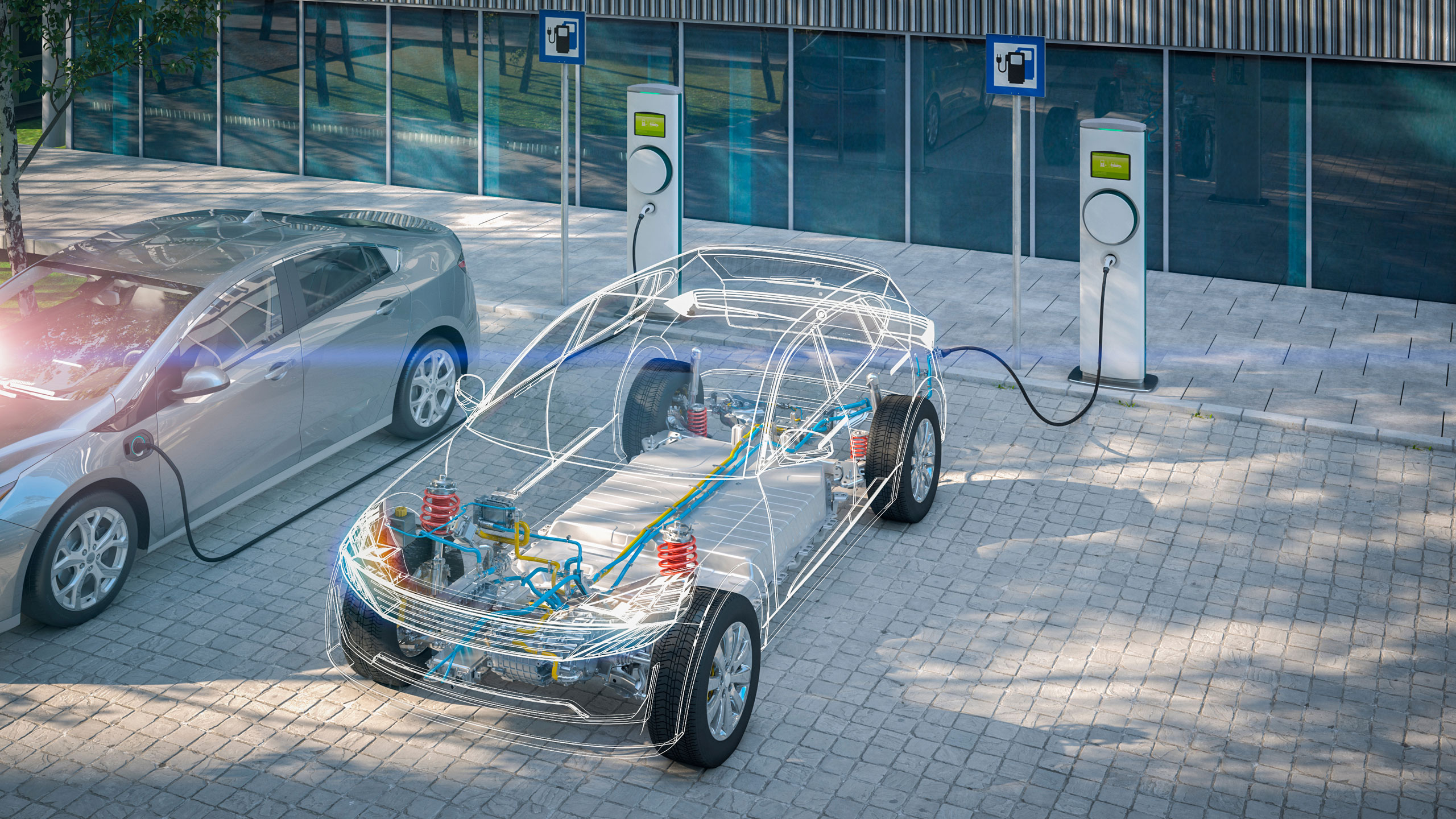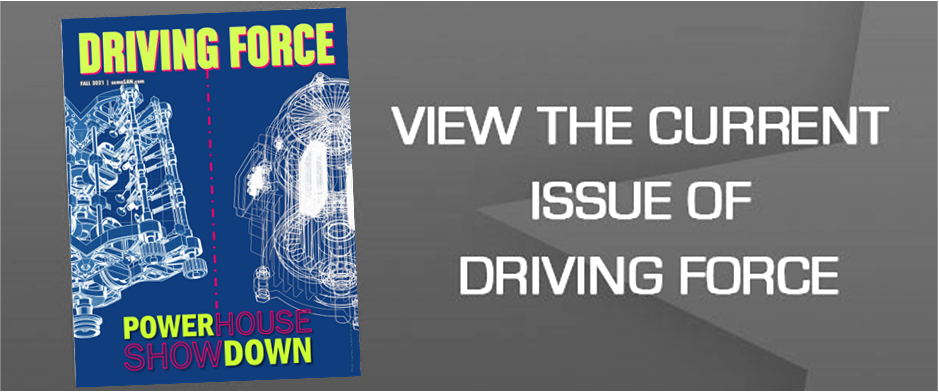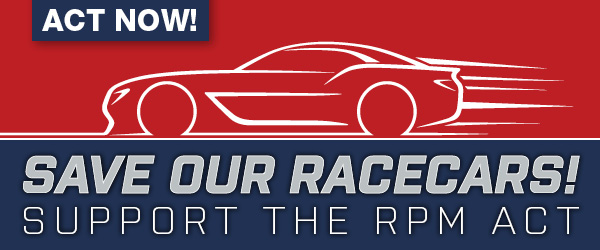SAVE OUR RACECARS!
Call Congress and Tell Your Lawmakers to Pass the RPM Act
Support for the bipartisan Recognizing the Protection of Motorsports Act (RPM Act), H.R. 3281 and S. 2736, continues to expand each day as members of Congress receive an outpouring of support for the bill from racers and the motorsports community. It’s clear the letters SAN members have sent are being noticed on Capitol Hill and are making a difference (109 members of the House and 18 Senators have cosponsored the RPM Act).
If you’ve already sent a letter to Congress about the RPM Act, please follow up by making a short call to their office to voice your support for the bill. SEMA has made it easy to call your elected officials by using the following link—phone numbers for your lawmakers’ offices and talking points are included:
The RPM Act must be enacted into law to guarantee your right to modify street cars, trucks, and motorcycles into dedicated race vehicles. It is imperative that lawmakers continue to be reminded of the importance of passing the RPM Act.
GROUNDING THE “EV” BUZZ
Political Agendas Surrounding Automobiles Charge Up Strong Emotions

By Colby Martin
The impending arrival of electric cars and trucks has caused quite a stir. Sure, everyone shares the well-intentioned notion of a healthier environment. But constant announcements about the potential phasing out of new gas-powered vehicles have enthusiasts worried about the future of the hobby. Thanks in part to a 24-hour news-cycle, the automotive-minded are forced to ponder this great unknown with greater frequency. With the topic weighing heavier on many minds, the question arises: what's to become of the tailpipe—and when? Clearly there are crossed wires needing to be untangled.
Acronym Soup
First, we must understand the common lingo used in automotive discussions. The gasoline-sipping internal combustion engine (ICE) has long been the motivator of choice. However, the low- and zero-emissions vehicles (ZEVs) categories have emerged and made significant improvements in recent years. There are several different models of these cars and trucks such as electric vehicles (EVs), plug-in hybrids, and those running on hydrogen fuel-cells. With such competition, it may seem like traditional rides could have a tougher existence in a yet-uncertain future of alternative powerplants.
Government Directives
The latest update in the automotive world came from the nation's top office: the Biden Administration. President Joe Biden signed the "Executive Order on Strengthening American Leadership in Clean Cars and Trucks" in August. In short, the measure calls for 50% of all sales of new cars and light trucks in the US be ZEV by the year 2030. "It is the policy of my Administration to advance these objectives in order to improve our economy and public health, boost energy security, secure consumer savings, advance environmental justice, and address the climate crisis," said President Biden.
Biden's action was preceded by California Governor Gavin Newsom's controversial notice last year. That order instructed the California Air Resources Board (CARB) to draft regulations requiring that all new cars and passenger trucks sold in the state be zero-emissions by 2035. Once drafted, CARB's proposed regulations will be subject to a lengthy regulatory process, including legal, economic, and environmental analyses, public comment, and hearings. The Governor's order is also expected to face numerous legal challenges from opponents.
Cause for Concern?
The concern surrounding EVs is understandable, but premature. Many of the proposed rules and legal mandates are far more symbolic in nature. For example, President Biden's actions were merely issued as an Executive Order, meaning it is not a federal law and has no binding authority. In fact, the following disclaimer is included at the end of the Order:
(c) This order is not intended to, and does not, create any right or benefit, substantive or procedural, enforceable at law or in equity by any party against the United States, its departments, agencies, or entities, its officers, employees, or agents, or any other person.
Directives like President Biden's also tend to be highly aspirational with ambitious time frames for implementation. For example, many of the President's proposed benchmarks extend beyond his time in office, giving him little say on the final product.
Realities: Supply vs. Demand
Perhaps the most direct impact to personal transportation will come from the automakers themselves. The evolving market is already experiencing highs and lows. While seeking to boost ZEV sales, major brands have been subject to factors beyond their control. Supply chain shortages and logistical issues have impeded production schedules, causing delays, and price surges. Additionally, massive investment of resources will be required for materials and retooling throughout the entire manufacturing process.
Many fundamental issues need to be resolved before any major shift to "clean" vehicles is feasible. Most importantly, more than 281 million rides share US roads—a small fraction of which are EVs. Such a massive fleet won't be replaced anytime soon. Of course, the lion's share are newer vehicles, which often have a life spanning a decade or longer. Also, the urge to trade-in for an electric model decreases without widespread options for "refueling." Charging woes include long recharging time, charger availability, and standardization of hardware between brand offerings. Additionally, the U.S. electrical grid can hardly handle its current strain—let alone an entire nation needing to recharge at home or on-the-go. At this point, clear solutions appear far from sight.
Informed & Involved
Although the future of EV adoption remains to be seen, the SEMA Action Network (SAN) believes a balance can be achieved and has made this fight a top priority. Our community's rich history of innovation should be celebrated as it continues evolving with emerging technologies. As always, the SAN opposes proposed efforts to ban the ICE and other such mandates impacting vehicles of all kinds—vintage collectibles and their fuel supply included.
With the ever-growing voice of advocates from our hobby, politicians are increasingly aware of how many passionate voters are paying attention to their actions. SAN contacts like you will receive details direct to inboxes as opportunities to act arise—stay tuned for further updates. Meantime, please spread the word to get others involved in the good fight: semaSAN.com/Join
–IGNITED WE STAND!
Legislative Alerts
BREAKING NEWS: RPM Act Reintroduced in U.S. Senate for 2021—Act Now!
ONLINE PHOTO GALLERY: 12th Annual Collector Car Appreciation Day (CCAD)
MEET THE HOBBY’S ALLIES
Arizona Senator Advocates to Pass the RPM Act
Since being elected to Congress in November 2020, U.S. Senator Mark Kelly (D-AZ) has proven himself to be a strong ally and defender of motorsports. Sen. Kelly is an original cosponsor of S. 2736, the Recognizing the Protection of Motorsports Act of 2021 (RPM Act), and he has championed the bill both publicly and behind the scenes. Sen. Kelly recently spoke at a Senate Environment and Public Works Committee hearing about the importance of the RPM Act and amateur racing, noting that his wife, former U.S. Representative Gabby Giffords, raced motorcycles on the track.
"Arizona has a rich tradition of motorsports and racing which also plays a role in our state’s economy,” said Senator Kelly. “The Recognizing the Protection of Motorsports Act of 2021 will protect Arizona’s amateur racers and auto mechanics from burdensome regulations so these enthusiasts can continue to enjoy the hobby and thrill of motorsports in our state and across the country."
Prior to running for elected office, Sen. Kelly graduated from the U.S. Merchant Marine Academy and has a Master’s degree in Aeronautical Engineering from the U.S. Naval Postgraduate School. He worked as a naval aviator for 25 years, served on the U.S.S. Midway aircraft carrier, and flew 39 combat missions in Operation Desert Storm. Sen. Kelly was later selected as an astronaut in 1996 in the same class as his twin brother Scott. He flew his first of four missions into space in 2001 aboard Space Shuttle Endeavour and retired from the Navy and NASA after commanding the final flight of Endeavour in 2011.




